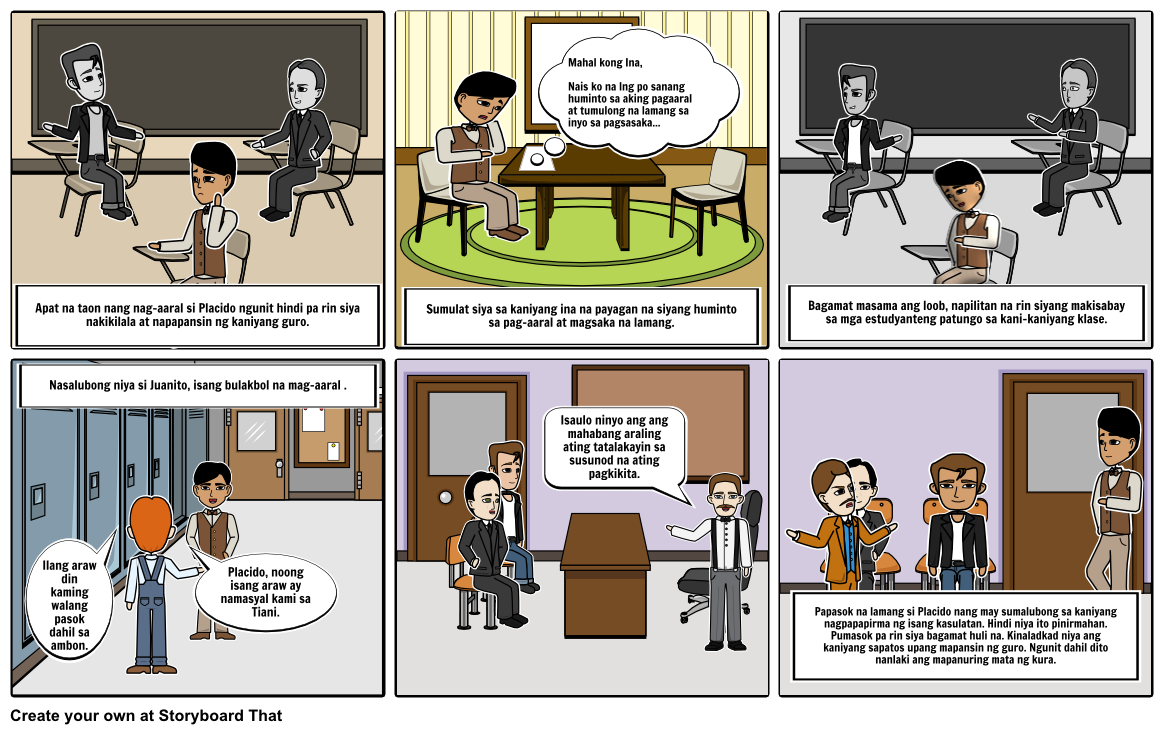

Kapitán Tiago, a family friend, invites him to a reunion party in Manila. Because of this, he decided to draft the novel alone.Ĭrisóstomo Ibarra, the mestizo son of the recently deceased Don Rafael Ibarra, is returning to San Diego town in Laguna after seven years of study in Europe. Rizal saw that his companions spent more time gambling and flirting with Spanish women than writing. Initially, Rizal planned for the novel to encompass all phases of Filipino life, but most of his friends, all young males, wanted to write about women. Although agreeing to help, none of the others wrote anything.

However, they never got into the project. His proposal was unanimously approved by those present, among whom were Pedro, Máximo Viola and Antonio Paterno, Graciano López Jaena, Evaristo Aguirre, Eduardo de Lete, Julio Llorente, and Valentin Ventura. Paterno, Rizal proposed that a group of Filipinos should collaborate on a novel about the Philippines. At a gathering on 2 January 1884 of friends at the house of Pedro A. Other Filipinos were also working or studying in Madrid, which as the capital of Spain was the center of culture and universities. At the time he was a student of medicine at the Universidad Central de Madrid. Rizal intended to express the way Filipino culture was perceived to be backward, anti-progress, anti-intellectual, and not conducive to the ideals of the Age of Enlightenment. According to historian Carlos Quirino, the novel bears similarities in terms of characterization and plot to the Spanish novelist Benito Pérez Galdós' " Doña Perfecta". José Rizal, a Filipino nationalist and polymath, conceived the idea of writing a novel that would expose the backwardness and lack of progress of Philippine society because of the burden of colonization. Early English translations of the novel used different titles, such as An Eagle Flight (1900) and The Social Cancer (1912), but more recent English translations use the original title. He is explicit about the connection in the novel's dedication, which begins: A mi patria ('To my country') : 26 and continues with ".a cancer of so malignant a character that the least touch irritates it and awakens in it the sharpest pains." Rizal probes the cancers of Filipino society. As an ophthalmologist, Rizal was familiar with the cancer and the name. In Rizal's time it also referred to cancers that occurred on the face, particularly cancers of the eyelid touching such lesions irritated them, causing pain. The title originates from the Biblical passage John 20:13-17. They have been adapted in many forms, such as operas, musicals, plays, and other forms of art. The two novels are widely considered to be the national epic of the Philippines. Noli is studied in Grade 9 and El filibusterismo in Grade 10. The Rizal Law requires Noli and its sequel, El filibusterismo to be read by all high school students throughout the country. Originally written by Rizal in Spanish, the book has since been more commonly published and read in the Philippines in either Tagalog (the major indigenous language), or English. It explores perceived inequities in law and practice in terms of the treatment by the ruling government and the Spanish Catholic friars of the resident peoples. Noli Me Tángere ( Latin for " Touch me not" acute accent is added on the final word in accordance with Spanish orthography) is an 1887 novel by Filipino writer and activist José Rizal published during the Spanish colonial period of the Philippines.


 0 kommentar(er)
0 kommentar(er)
